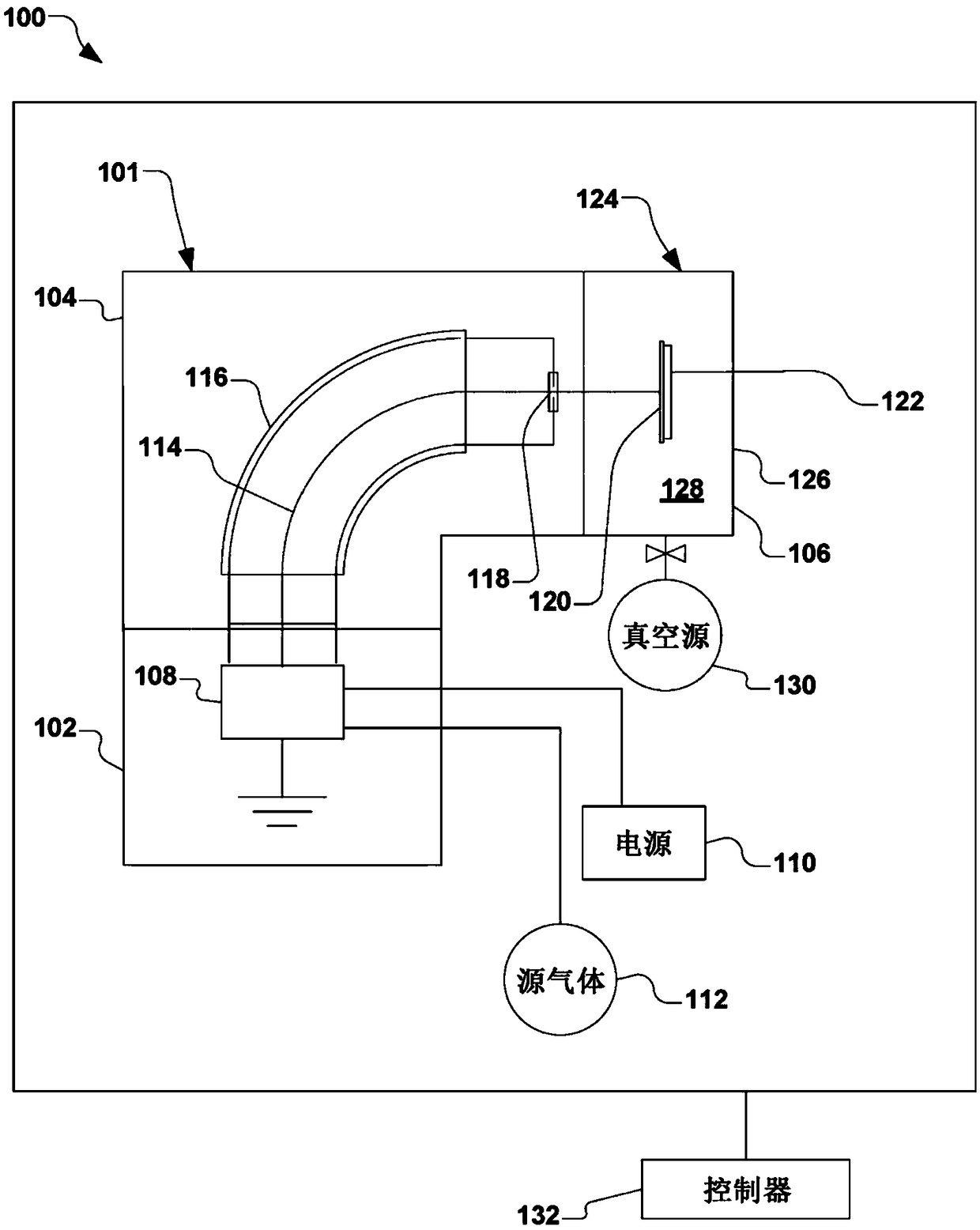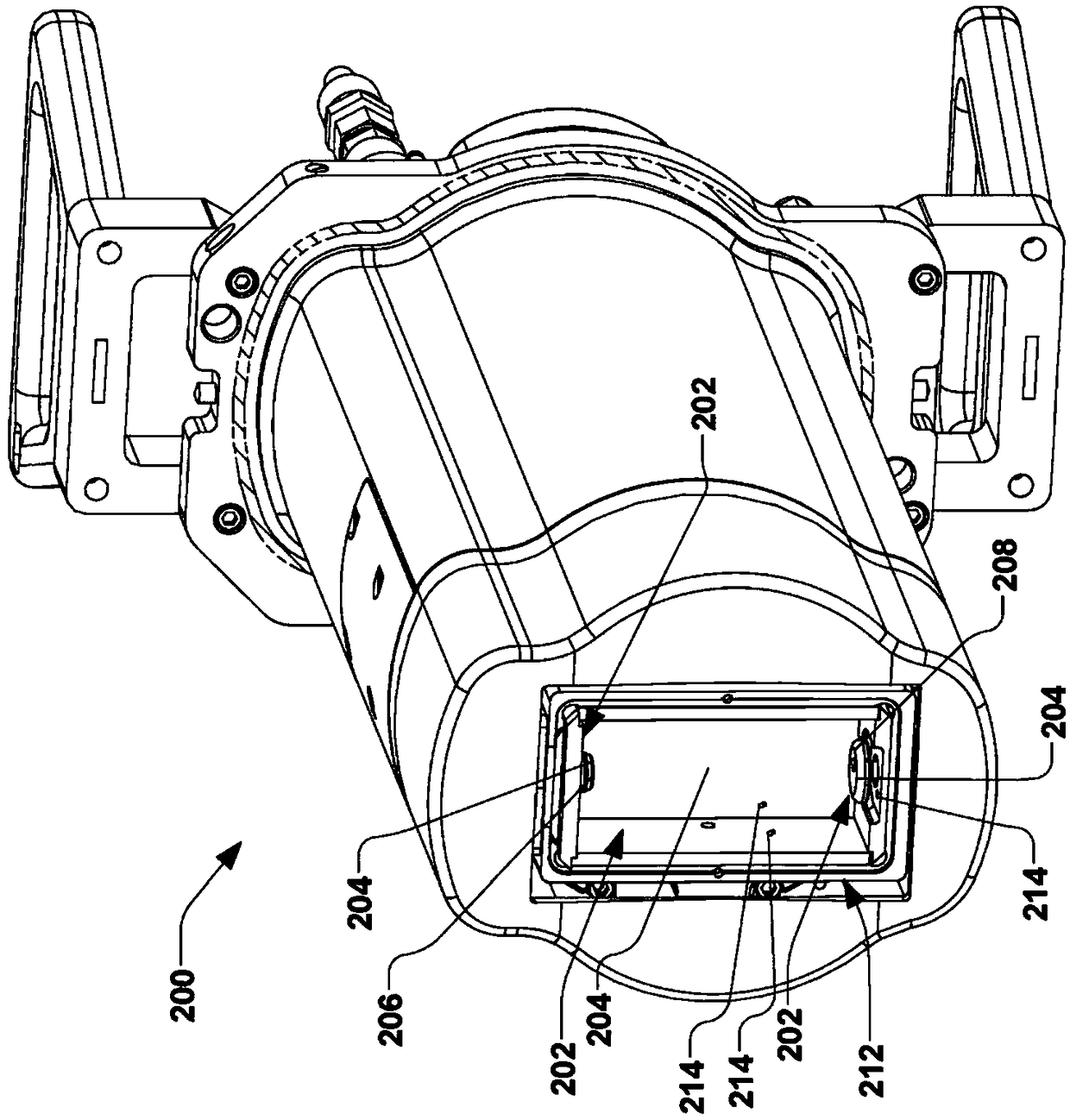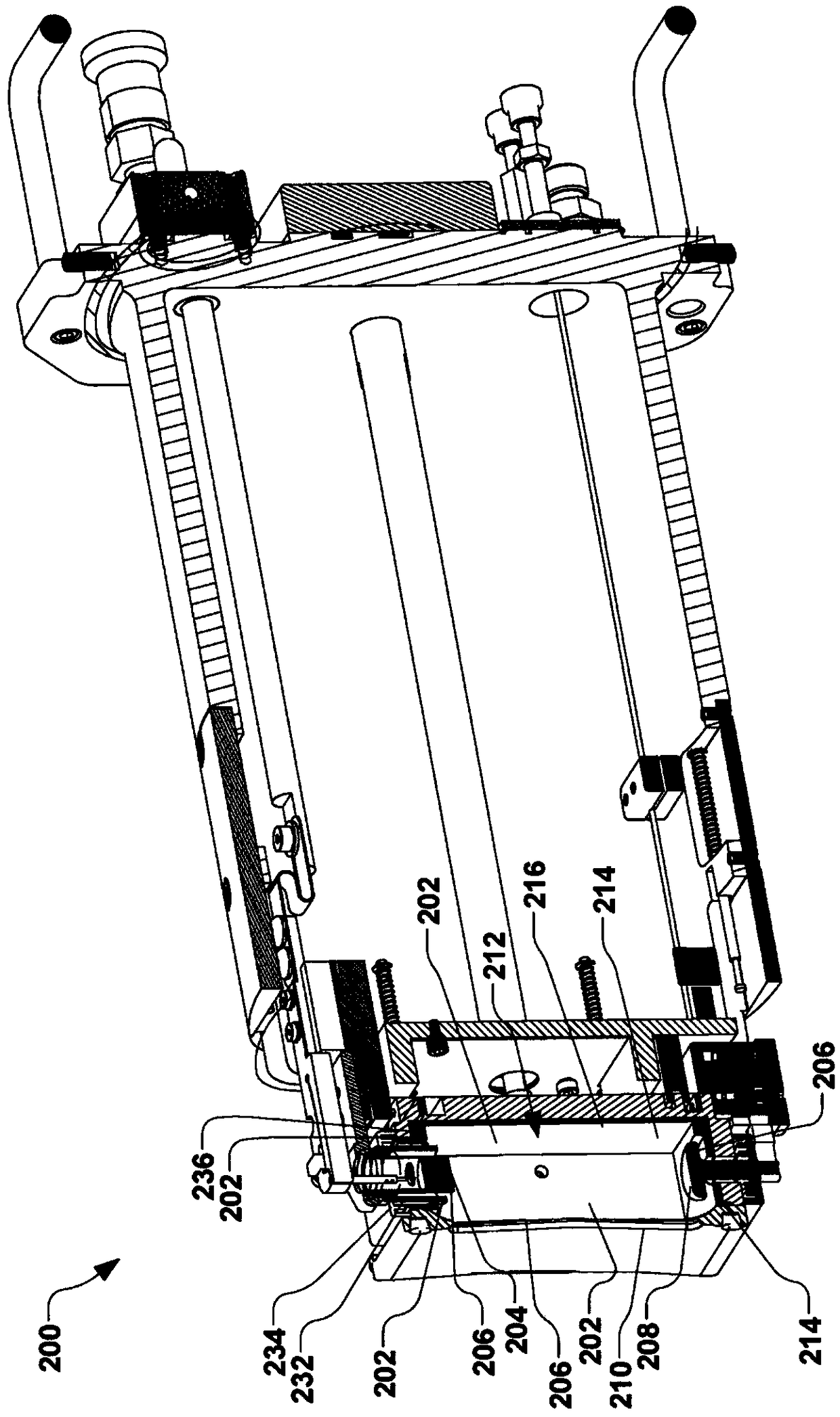Improved ion source cathode shield
A cathode shield and ion source technology, which is applied to solid cathodes, ion beam tubes, solid cathode components, etc., can solve problems such as shortening the service life of ion sources
- Summary
- Abstract
- Description
- Claims
- Application Information
AI Technical Summary
Problems solved by technology
Method used
Image
Examples
Embodiment Construction
[0028] The present invention generally relates to ion implantation systems and ion sources associated therewith. More specifically, the present disclosure relates to systems and apparatus for increasing the useful life and reducing maintenance costs and increasing productivity of ion sources for which an improved cathode shield is provided.
[0029] With this in mind, the present invention will now be elucidated with reference to the drawings, wherein like reference numerals may be used to refer to like elements throughout. It should be understood that the description of these aspects is for illustration only and is not to be construed for limiting purposes. In the following, for purposes of explanation, several specific details are set forth in order to provide a thorough understanding of the present invention. It will be apparent, however, to one skilled in the art that the present invention may be practiced without these specific details. In addition, the scope of the pre...
PUM
 Login to View More
Login to View More Abstract
Description
Claims
Application Information
 Login to View More
Login to View More - Generate Ideas
- Intellectual Property
- Life Sciences
- Materials
- Tech Scout
- Unparalleled Data Quality
- Higher Quality Content
- 60% Fewer Hallucinations
Browse by: Latest US Patents, China's latest patents, Technical Efficacy Thesaurus, Application Domain, Technology Topic, Popular Technical Reports.
© 2025 PatSnap. All rights reserved.Legal|Privacy policy|Modern Slavery Act Transparency Statement|Sitemap|About US| Contact US: help@patsnap.com



